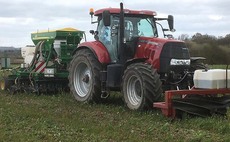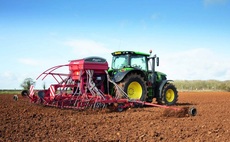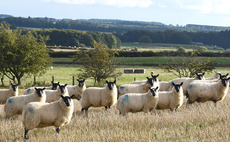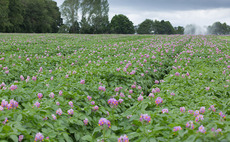Soil
Arable
Arable farmers can now keep up to date with the latest news, views, research and advice in the world of crop production from the comfort of their tractor cab.
Arable
Just 0.41 per cent of money invested into environmental monitoring in England is dedicated to soil health, a Freedom of Information request by the Sustainable Soils Alliance (SSA) has revealed.
Arable
It has been eight years since Tim Parton began using biostimulants and since their introduction, yield plateaus have been broken, chemical fungicides have been abolished and disease bills average £40/hectare.
Arable
With spring drilling finally underway in most areas, in the second in our Healthy Soils series, supported by Hutchinsons, Martin Rickatson asks for advice on how farmers can ensure land is fit to help challenged crops.
Arable
Balbirnie Home Farms at Freuchie in Fife has been selected to be the first AHDB strategic cereal farm for arable growers in Scotland.
Arable
Integrating livestock into arable systems can improve farm productivity, generate opportunities for new entrants and create diverse rotations that feed and heal soils.
Arable
In the first of a series of Healthy Soils articles supported by the advice of agronomists from Hutchinsons, Martin Rickatson seeks guidance on soil management in established winter crops and in advance of spring drilling.
Arable
A majority of potato businesses are growing cover crops in order to improve soil structure, build organic matter and dry out wet soils, but there could be a benefit to yields too.
Arable
The co-operative structure was ideally suited to help farmers make the most of the data they collect, according to speakers at the Scottish Agricultural Organisation Society (SAOS) annual conference (Thursday Jan 30).
Arable
The Government’s failure to include binding targets to improve soil health in the Environment Bill has left a ‘gaping hole’ in UK legislation, the Soil Association has warned.

 24 April 2020
•
1 min read
24 April 2020
•
1 min read









